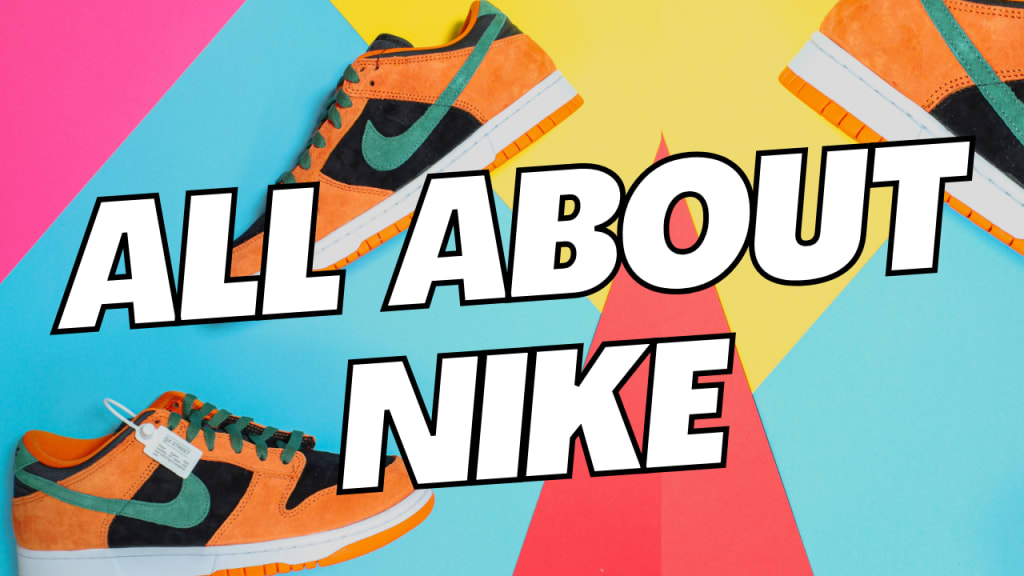
From the modest origins of a track coach seeking a competitive edge to a global conglomerate, let's delve into the Nike story.
In 1962, Phil Knight, our protagonist, graduated from the University of Oregon. After taking on various odd jobs and serving in the military, he eventually moved back in with his parents. However, this living arrangement didn't sit well with him, prompting him to return to Stanford Business School. It was during a class assignment that Knight conceived an idea: what if Japanese athletic shoes could replicate the success of German athletic shoes, much like Japanese cameras had done to German cameras? Fast forward to his graduation, Knight embarked on a trip around the world with friends, seizing the opportunity to visit Japan. There, he stumbled upon a remarkable pair of shoes in a store called Tiger. With his deep understanding of the American shoe market, Knight managed to secure a meeting with Tiger and impressed them. They were keen on entering the American market, so they asked Knight for the name of his company. On the spot, he came up with Blue Ribbon Sports, representing a Portland, Oregon-based organization. The Japanese company bought into it.
Knight returned to Oregon, retrieved the sample shoes he had received from Tiger, and sought the opinion of the most knowledgeable person he knew in the shoe industry. Back in his college days, Knight had participated in track and field, albeit without much success. However, this apparent shortcoming made him the ideal candidate for Bill Bowerman, a renowned track coach constantly searching for a competitive edge. Bowerman had a habit of modifying his athletes' shoes, striving to enhance cushioning, reduce weight, and so forth. Knight collaborated with Bowerman to seek his evaluation of the Tiger shoes. After some tinkering, Bowerman was so impressed with them that he decided to become Knight's partner. The two contributed $500 each (in 1964 currency), laying the foundation for Blue Ribbon Sports. Speaking of tinkering, an amusing anecdote unfolds around Bowerman. One day, while observing his wife preparing breakfast, he noticed the grooves on the waffle iron. This sparked an idea: those grooves could serve as an excellent multi-surface sole for running shoes. Armed with plastic epoxy, Bowerman set out to craft a prototype. Regrettably, he forgot to apply an anti-sticking agent, resulting in a ruined waffle iron and, most likely, a disappointing breakfast.
Undeterred, he acquired a new waffle iron, made a few more attempts, and after probably spending a night on the couch, he developed a design that remains in use today. As time progressed, many individuals regarded long-distance running as an arduous and uncommon form of punishment. Eventually, Nike's higher-ups recognized the need to expand into different sports. If you are currently watching this on your smartphone, chances are you weren't alive in the 1980s. During that era, the NBA had yet to transform into the entertainment powerhouse it is today. However, Nike executive Sunny Vaccaro possessed a visionary outlook, having a background in basketball. He initially proposed the idea of establishing a basketball shoe division to Nike's board.
Nike has always been a trailblazer in marketing their products. In 1984, they made a highly profitable decision by sponsoring a player from the 1984 NBA draft. Despite having numerous marketing options from that draft, they took a chance on a talented shooting guard named Michael Jordan, who had just won the NCAA tournament. It was a bold move for Nike to sign a college recruit who hadn't even played in the NBA yet, but it paid off tremendously. The Jordan 1, which was the first signature shoe for an athlete, became a sensation. Its unique colorway, initially banned by the NBA, caused a frenzy among consumers. Nike launched an ad campaign encouraging people to buy these exclusive sneakers and even covered Jordan's fines for wearing them on the court. The success of the Jordan 1 skyrocketed Nike's annual sales from $100 million to $170 million in just one year.
The demand for Jordan's shoes became so intense that people were resorting to violence to get their hands on a pair. Today, Air Jordans remain the most popular sneakers, symbolizing luxury, accomplishment, and collectibility. The iconic Jumpman logo alone generates an impressive $2.8 billion in revenue each year. Nike's marketing endeavors didn't stop there.
Michael Jordan is still one of Nike's most popular athletes, and they've endorsed him for over 20 years. Rory McIlroy, Tiger Woods, LeBron James, and Rafael Nadal are all in the top 10 athletes that Nike sponsors. 100 million people each year buy Nike products, for a total of 780 million since Nike began sponsoring them in 1996. They also sponsor various charity events. However, not everything has been perfect for Nike - they were recently accused of child labor in their overseas sweatshops. After Life Magazine published this story, the president of the United States weighed in on the controversy. Nike took another gamble by signing Colin Kaepernick to an advertising campaign - with a social justice focus - hoping to restore his career after he protested police brutality during the National Anthem.
Do you have a favourite Nike product? Tell us in the comments!





Comments
There are no comments for this story
Be the first to respond and start the conversation.